With increasing pollution and more instances of adulterated food, don’t you wish you could grow your own food. Imagine a garden where you could grow your own vegetables and herbs without worrying about the chemicals being sprayed. The thought itself of fresh produce from your own garden does make one happy. So herein we will help you grow indoor gardens.
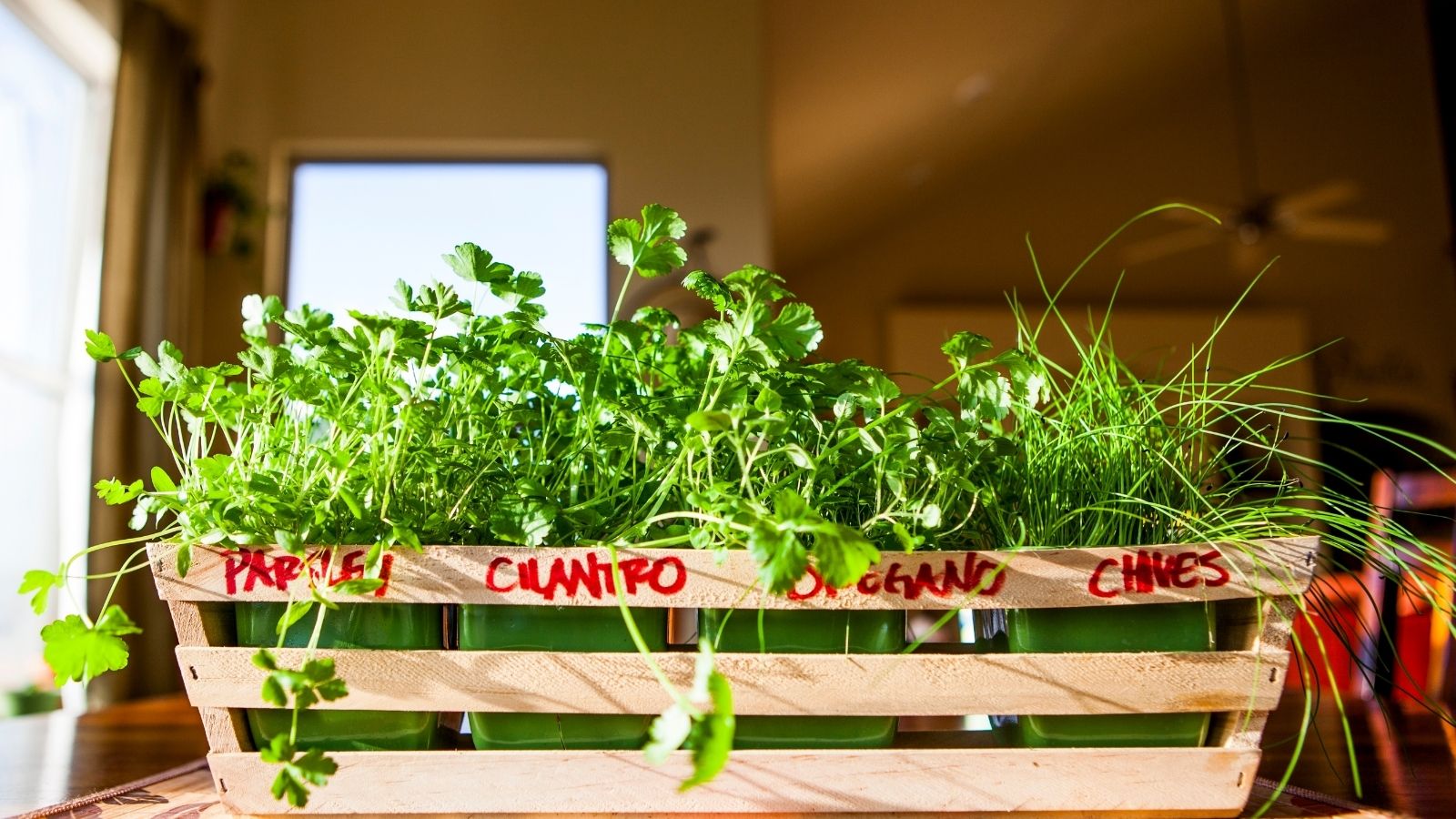
Step 1 – Choose the right spot for your garden –
A plant loves a well-lit, airy spot to grow and bloom. So, the right spot with an apt amount of light, proper temperature and open space is very important for a healthy garden. A well-lit balcony exposed to sunlight is a good option for your indoor garden. In case, your plants are not exposed to the right amount of light, then you can opt for grow lights too. Different varieties of grow light are available to help you grow your garden.
Grow light selection for your indoor garden –
There are a lot of different lights for sale out there and it can be confusing to find out what kind of indoor garden is right for you. Some clarification can be brought about by the following run-down.
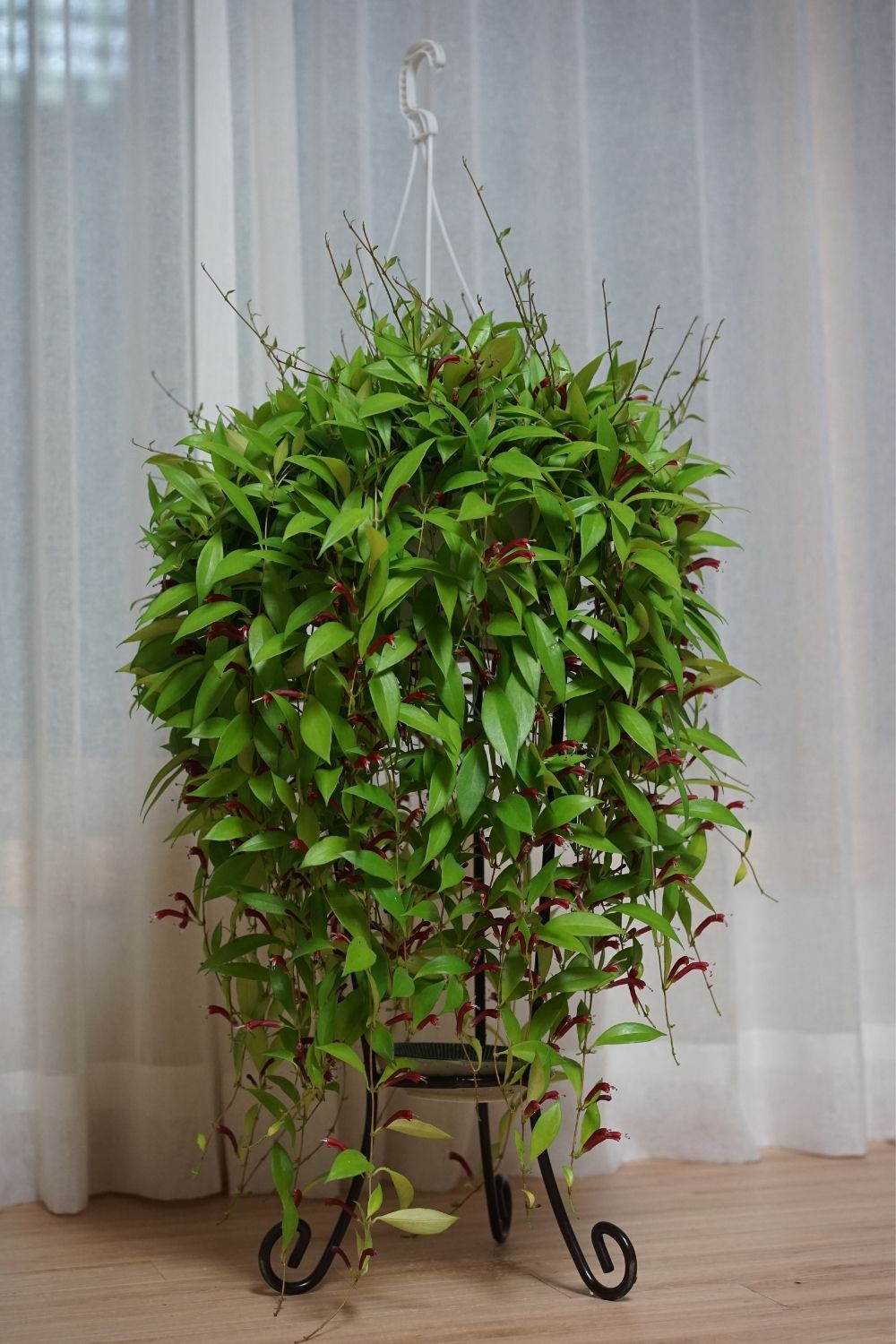
- Incandescent lamps – Easily available, cheap incandescent lamps are good for growing houseplants, but they usually don’t work for indoor gardens.
- Fluorescent lights – Fluorescent lights work better for those plants that do not need a huge amount of light, like herbs and other plants. But in case you are looking forward to growing budding or flowering plants, these lights may not be the right choice as they do not give adequate amounts of light. Fluorescent lights are also not expensive like incandescent lamps and can be easily purchased at the nearest hardware store.
- Compact Fluorescent Systems – However the modern Compact Fluorescent Systems are reasonably bright and efficient and may even be better in some cases than the fancier high-intensity discharge (HID) lamps. Smaller and more powerful than older types of fluorescent lighting, lightweight fluorescents can be used for all plants. They also generate less heat than incandescent and HID lights and can be mounted far closer to the plant as a result.
- High Intensity Discharge (HID) Bulbs – The brightest and most powerful lights available are High Intensity Discharge (HID) Bulbs, but they can be costly.
Step 2 – Choose the type of vegetables and herbs you wish to grow –
The most important benefit of having your own indoor garden is you can grow anything you wish to. Yes, that’s right!! In your indoor garden, you can grow any vegetable or herb you feel like not buying from the market.
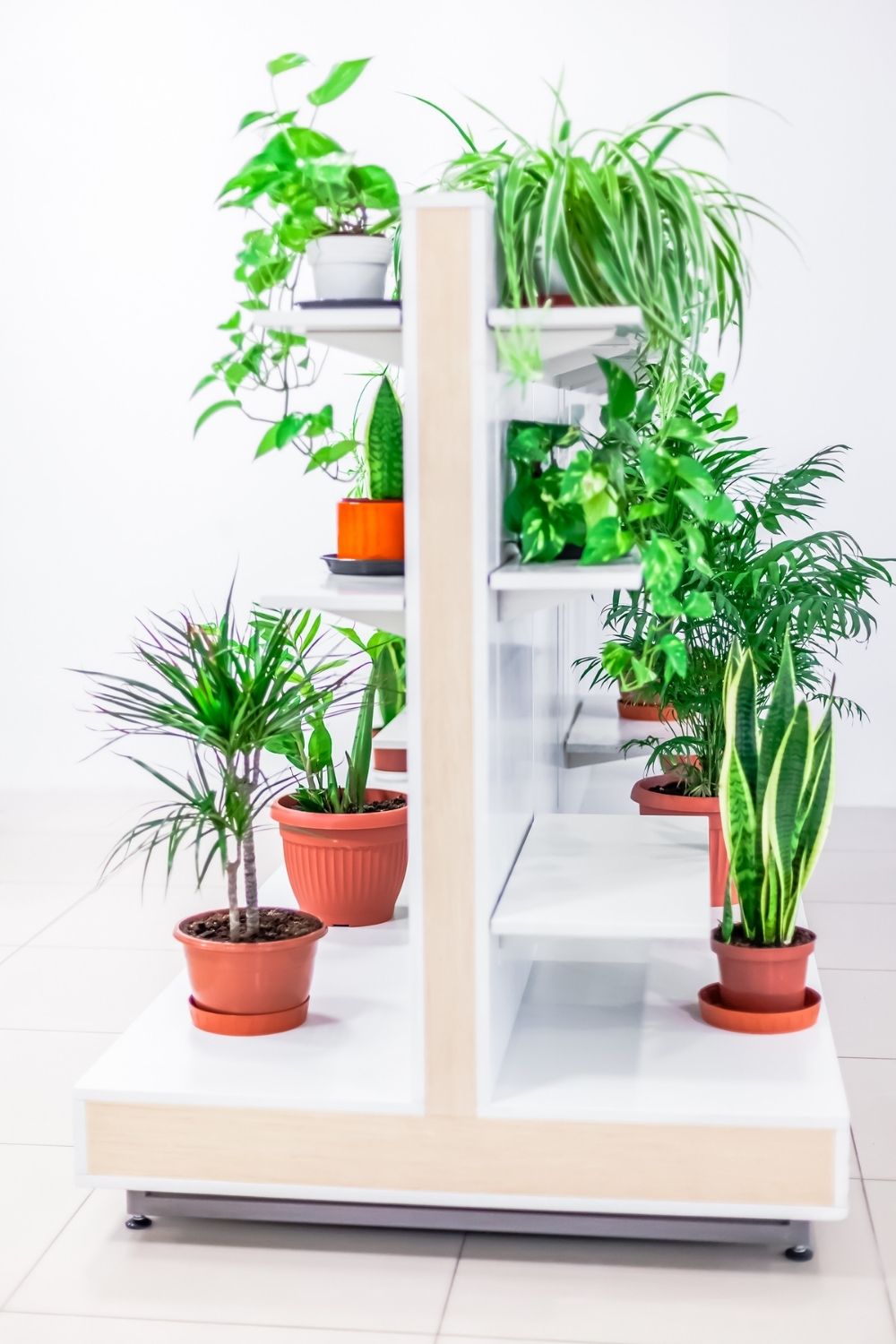
A few points to help you select your vegetables and herbs to grow –
- Ensure that the produce you opt for can be contained in the available space. They shouldn’t outgrow their designated area.
- It would be easy to grow plants that adjust to the same kind of soil, moisture, light and temperature requirement. This will make your life easy. You can easily maintain your garden without much external help.
Examples of plants that you can grow in your indoor garden-
- Vegetables like Carrots, Beans, Tomatoes, Chilly, Peppers, Kale.
- Herbs like Basil, Cilantro, Rosemary, Chives, Catmint, Oregano, Lavender.
- Fruits like Citrus, Strawberries.
But as I said, these are only a few examples, you can grow any plant you wish to.
Step 3 – Selecting the correct type of soil for your indoor garden –
Soil from outside is usually not a perfect fit for your indoor garden.
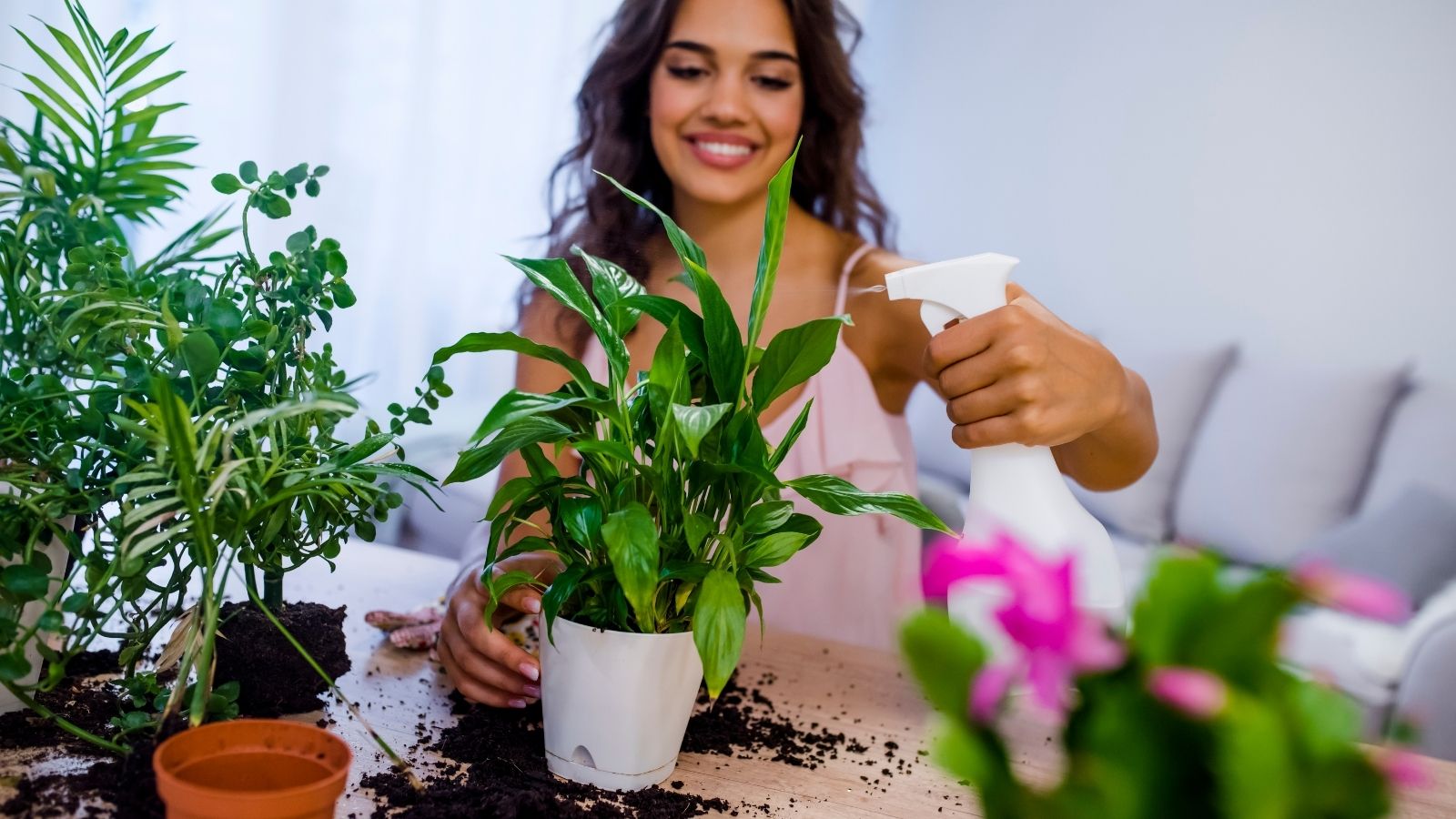
Desirable properties of the soil –
- Water holding capacity – Water holding capacity is a very important feature when it comes to selecting soil for your garden. The soil should have around 20% to 60% by volume water holding capacity with adequate pore space of 5% to 40%.
- Pore space – Pore space of your soil determines the aeration and water holding capacity. So, ensure your soil has around 5% to 40% pore space for a health garden.
In case you are opting for outside garden soil, do ensure you frequently water and fertilize the soil. Try and opt for homemade fertilizers using your kitchen waste to increase your garden’s fertility.
Step 4 – Opting for proper potting vessel for your garden-
To have a healthy, blooming indoor garden, it is very important you select the proper potting vessel for your plants. Your potting vessel should have an adequate number of holes to prevent water clogging and allow appropriate aeration. There are many organic pots available for your plants, so do try and avoid plastic pots.
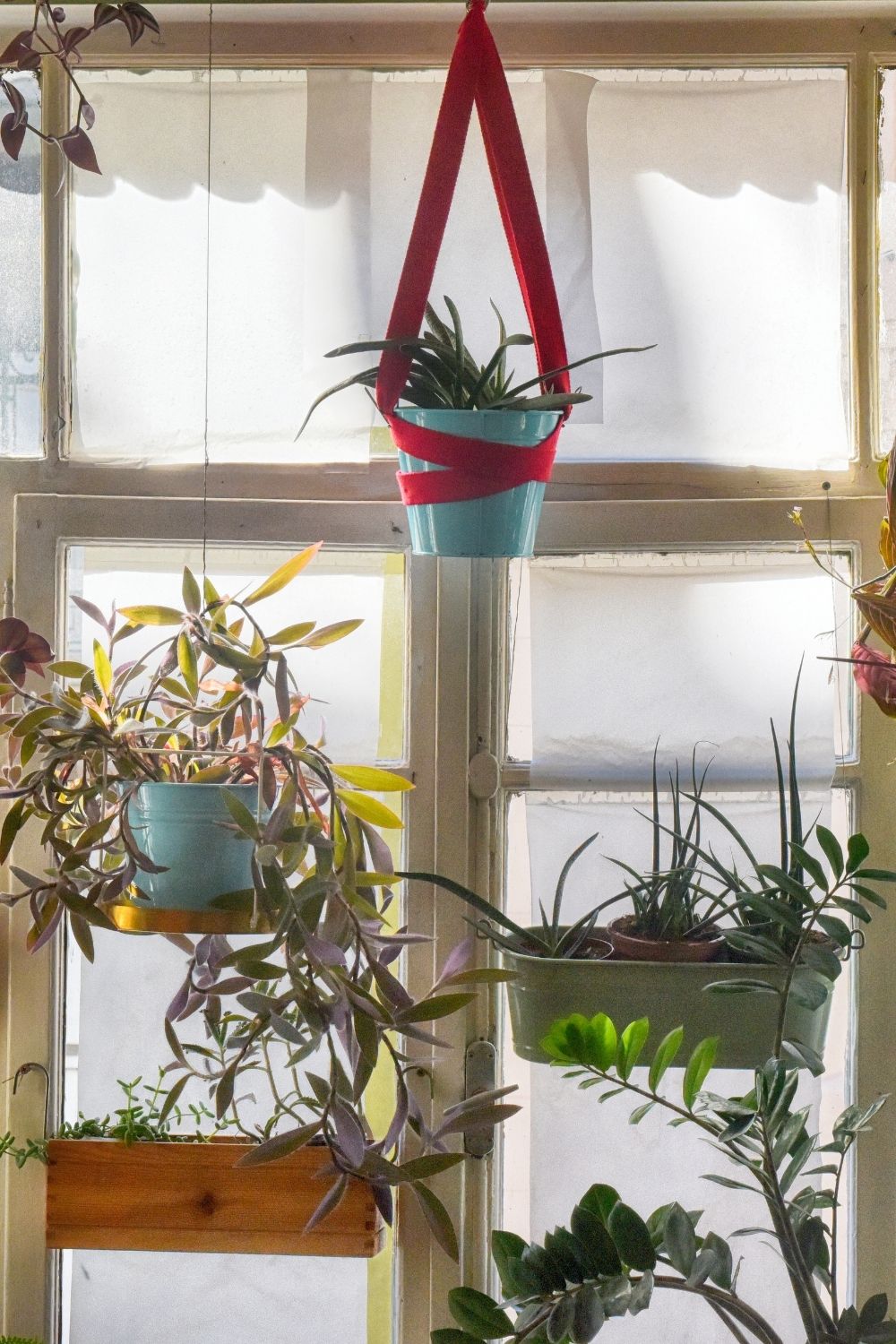
Indoor gardens do not only produce fresh vegetables and herbs for you, but they also help you by cleansing your home environment. So even with the little space available do try and build your own indoor garden. A little patience and the points mentioned above will surely help you grow your own refreshing indoor garden.

